The Singapore Maritime Story – Remembering Mr Lee Kuan Yew >>
Inaugural Advanced Maritime Leadership Programme >>
Multi–Agency Oil Spill Exercise: JOSE 2015 >>
Sustainability and Integrated Reporting with the Release of its 2014 Financial Year Annual Report >>
Inaugural Sustainability Workshop Organised by the MPA >>
Singapore and Norway Renew Cooperation in Maritime R&D >>
Singapore awarded “Best Seaport in Asia” for the 27th time >>
The Singapore Maritime Story – Remembering Mr Lee Kuan Yew
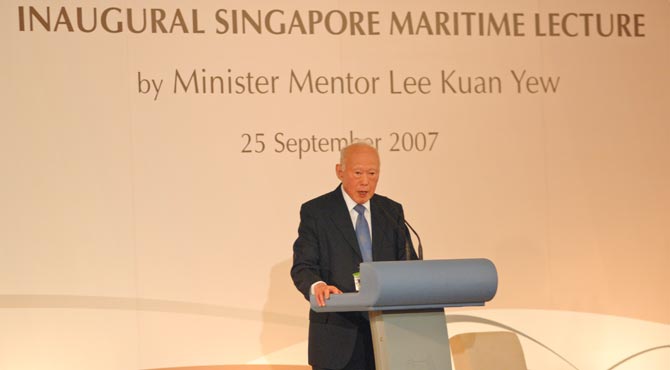
In this edition of our e-Bulletin, MPA would like to pay tribute to the late Mr Lee Kuan Yew who has played an integral role in the success story of Singapore. The former Prime Minister has shaped many key policies in the development of Singapore, including that of Maritime Singapore. Indeed, Mr Lee’s contribution to the maritime industry continued throughout his life and always came with a deft touch of prescience.
Below are some insights on his contributions to the development of the maritime sector into a premier global hub port and an international maritime centre, as well as the key points of his inaugural Singapore Maritime Lecture held during the Singapore Maritime Week in 2007.
Unionist at Heart
The late Mr Lee began his political life from a constituency where the port was located and has remained a Member of Parliament of that constituency until his passing.
Since the late 1950s, Mr Lee served as a legal advisor to many unions including the Singapore Port Workers Union. In his first elections in 1955, he chose Tanjong Pagar constituency because it was home to a few thousand dock workers. Mr Lee fought for their welfare, better wages and conditions of service. He promised them a better life. They believed and voted for him. Mr Lee entered parliament in 1955 and eventually became our first Prime Minister.
Containerisation of Port
In 1969, as a fledging nation that was newly independent, Singapore’s economic survival was at stake. Mr Lee’s cabinet made a strategic decision that eventually led to the transformation of the port from a labour-intensive sector into an international maritime hub.
Under Mr Lee’s leadership, Singapore built its first container port at Tanjong Pagar in 1969 when the containerisation of cargo had barely begun. At that time, Japan was the only other Asia country with a container terminal. It was a bold investment then, but the port is now one of the busiest container handlers in the world with 33.9 million TEUs passing over its wharves last year. In October 2008, Singapore was also the first Asian port of call for Emma Maersk, one of the world’s largest container ships, demonstrating Singapore’s readiness for the era of mega container ships then.
World’s Busiest Bunkering Port
Mr Lee and his team were also responsible for the opening of the first oil refinery on Pulau Bukom in 1961, which gave Singapore a firm foothold in the business that has seen the city become Asia’s largest refining centre with a multi-billion dollar petrochemical hub on Jurong Island. The port is now the world’s busiest bunkering port.
Remembering Mr Lee Kuan Yew
The first chapter of Singapore’s maritime success story has seen Singapore propel itself from a small shipping port into a major port hub. However, the Singapore maritime story is far from complete.
As we mourn the passing of Mr Lee Kuan Yew, let us strive to honour his memory by perpetuating his convictions and working together with the same pioneering spirit, as we write the next chapters of the Singapore maritime story to bring it forward to a new era of growth and development.
At the Singapore Maritime Week in 2007, Mr Lee delivered the inaugural Singapore Maritime Lecture where he shared insights on the maritime industry. Here are some extracts of his speech:
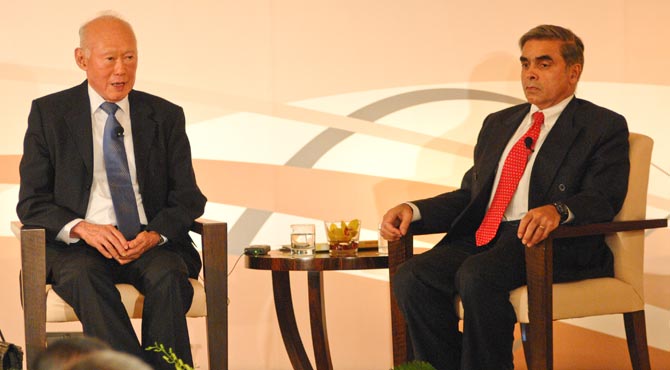
Mr Lee with Professor Kishore Mahbubani at the inaugural Singapore Maritime Lecture
-
On Singapore as a hub port
Singapore’s raison d’être was its port. Singapore must strive to remain a major hub port.
-
On Maritime Singapore
The development of Maritime Singapore is about anticipating the future, adapting to change, creating and seizing opportunities, and the pursuit of excellence.
We have developed in tandem with Asia’s economic growth, and capitalised on the growth in shipping activity in the east. Since the 1990s, we have developed Singapore as a one-stop centre for maritime services. Our business environment has been successful in attracting maritime and related companies to capitalise on Singapore’s strategic location and sound infrastructure, to plug into the growth of Asian shipping. Today, there are more than 5,000 companies in Singapore serving the international maritime community.
-
On Singapore as an international maritime centre
Going forward, Maritime Singapore will have to go beyond its status as a major hub port to become an international maritime centre providing a full suite of services. To compete effectively, we have to become a complete maritime cluster by adding to our core group of ship owners and operators of maritime support services such as maritime finance, insurance and legal services.
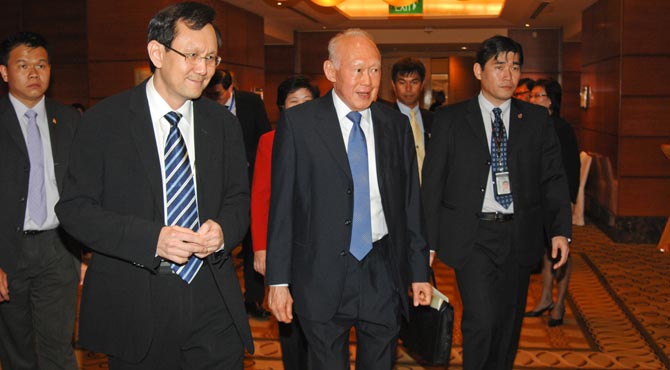
Mr Lee accompanied by then Minister for Transport and Second Minister for Foreign Affairs, Mr Raymond Lim
-
On Singapore’s value proposition
The presence of a comprehensive suite of maritime ancillary services, and our extensive air connectivity, make Singapore a convenient base of operations for the Asia market. This is our value proposition to the maritime community. We face competitive pressures from other aspiring maritime centres, and must continually better our business propositions, or risk becoming overtaken.
-
On strategic environment
Many challenges to shipping today can be traced to the underlying dynamics between coastal states and shipping nations. The international maritime community will have to balance the rights of coastal states with those of other states in the freedom of navigation. We have to continuously manage these tensions within United Nations Convention on the Law of the Sea (UNCLOS), and safeguard against any measures that would impede the freedom of navigation for international shipping.
-
Asian voices in international forums
With the shift of the economic and maritime centre of gravity to Asia, Asian countries have the opportunity and an increasing interest in assuming a bigger role in global maritime affairs at international forums. Asia will have to safeguard its maritime interests, and ensure that they are accommodated in the on-going Western-driven development of a global framework of rules and standards governing international shipping. We can expect more Asian voices to enrich the deliberations at international forums to tackle issues that cannot be solved unilaterally or regionally.
-
Asia as a major player in the maritime industry
Shipping will play an ever bigger role in the economic well-being of countries as trade expands. We have an increasing stake in ensuring that shipping remains the most secure, efficient and environmentally friendly mode of transport. The world’s maritime nations will need centres in Asia known for integrity, quality and neutrality to enable them to plug into Asia’s growth. Singapore hopes to be one such centre.
Inaugural Advanced Maritime Leadership Programme
MPA academy, the training arm of MPA, recently delivered the inaugural run of the Advanced Maritime Leaders Programme (AMLP) from 16 to 20 April 2015. Organised in partnership with the Singapore Management University (SMU), Human Capital Leadership Institute and Strategic Moves, the AMLP is the first global leadership programme that focuses on leadership development, uniquely designed for senior maritime officials and their deputies who head maritime and port administrations in their respective countries.

Opening Ceremony of the inaugural AMLP
The maritime industry is currently facing significant opportunities and challenges arising from evolving global trade patterns, technological advancements and growing concerns on sustainability issues. Amidst this backdrop, the AMLP aims to help equip senior maritime officials with the skills and knowledge to effectively lead and transform their organisations in an increasingly complex and globalised environment.
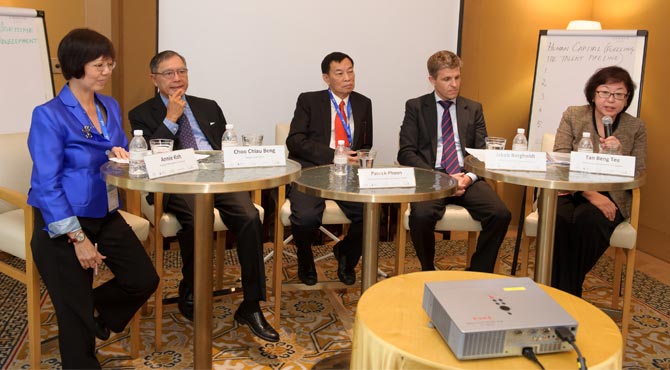
Panel discussion with maritime leaders (from left: Professor Annie Koh, Mr Choo Chiau Beng, Mr Patrick Phoon, Mr Jakob Bergholdt and Ms Tan Beng Tee)
The five-day programme includes peer-to-peer sharing and learning, panel discussions, case studies and crisis communications exercises with a focus on transformational leadership. The AMLP also offers real and practical insights, with prominent industry leaders sharing their thoughts on leadership as well as global challenges and trends in the maritime sector.
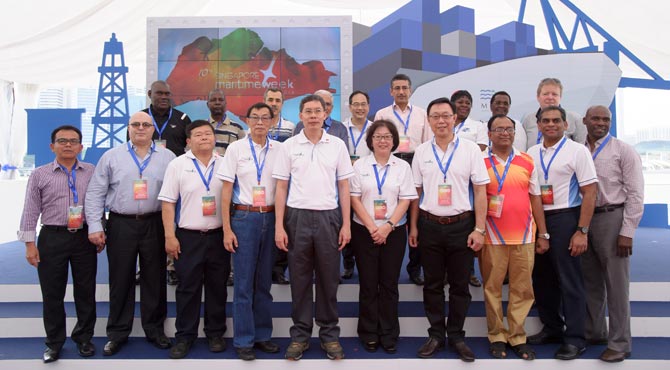
AMLP participants with Guest-of-Honour Minister for Transport Mr Lui Tuck Yew at the launch of the 10th Singapore Maritime Week
As an important programme of SMW 2015, AMLP participants also had the opportunity to attend other key SMW events such as Sea Asia 2015, 9th Singapore Maritime Lecture, and networking events with maritime industry leaders.
“The Inaugural Advanced Maritime Leaders Programme is packed with gems of wisdom and insight, imparted by eminent shipping practitioners, drawing from their personal industry experiences. I am honoured and privileged to be part of this life changing programme. Thank you MPA for developing what is a very helpful and practical training experience”— Mrs Nancy Karigithu, Director General, Kenya Maritime Authority
“Inaugural Advance Maritime Leaders Programme, I think, is a unique programme with respect to its structure, composition and deliverables. The composition of participants from different regions and fields in the sector brought wealth of knowledge, experience and culture to the programme. Indeed the difference in views and approaches to certain maritime issues has enlarged the benefits and broadened the knowledge of all participants. I strongly believe this programme is among the most important high-standard programmes I have ever attended. I am very grateful to MPA for bringing maritime leaders together and for excellently organising this wonderful programme.”— His Excellency Hassan Ali Al Majed, Undersecretary, Ports and Maritime Affairs, Ministry of Transportation and Communications, Bahrain
Multi-Agency Oil Spill Exercise: JOSE 2015
The MPA organised a multi-agency oil spill exercise on 24 April 2015, code-named “JOSE 2015”, on the last day of the International Chemical and Oil Pollution Conference and Exhibition 2015 (ICOPCE), held in conjunction with the 10th Singapore Maritime Week (SMW).
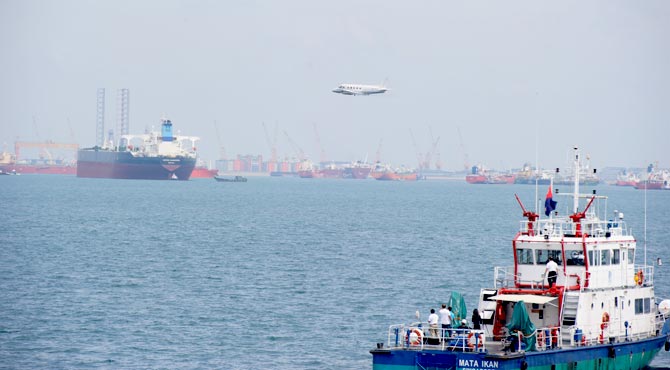
Deployment of the aircraft fitted with the aerial dispersant spraying system
The exercise comprised a tabletop management exercise at MPA’s Port Operations Control Centre Vista and a full scale oil and chemical spill response equipment deployment. Over 180 personnel from various agencies participated in the tabletop exercise and seaward exercise, located along Sudong Holding Anchorage, 4.5 km south of Jurong Island.
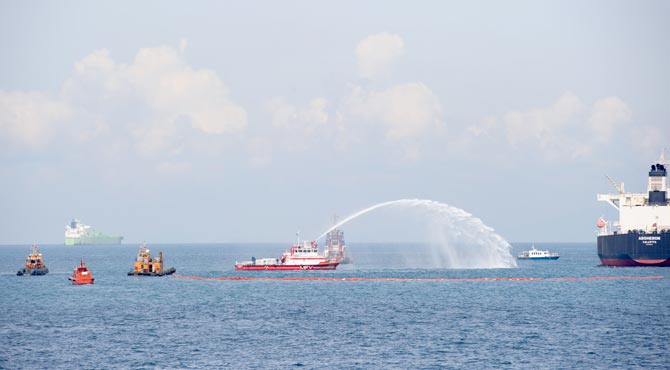
Oil spill response craft at the scene
The spill response team deployed equipment such as oil containment booms, harbour busters and specialised skimmers. In addition to the 22 anti-pollution craft, MPA also deployed an aircraft fitted with an aerial dispersant spraying system to combat the spill and an Unmanned Aerial Vehicle (UAV) that had the capability to provide aerial footages for better situational awareness on the ground, and to monitor the effectiveness of the clean-up operations.
Mr Andrew Tan, MPA’s Chief Executive, said, “Being one of the busiest ports in the world and the top bunkering port, we are reminded of the importance to be vigilant and ready to swiftly respond to any maritime incidents, including oil and chemical spills. This exercise not only tests multi-agency responsiveness and co-operation, it also allows us to share best practices and leverage the latest technology to manage the spill.”
Singapore Ships Rescue@Sea
Singapore ships rescue fishermen in distress
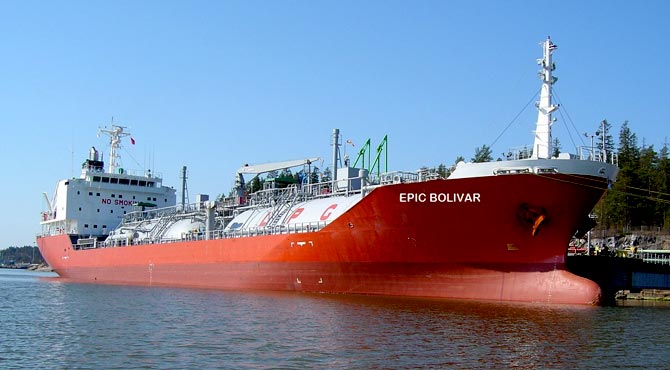
On 27 February 2015, the on-watch duty officer of Epic Bolivar spotted 4 persons on top of a capsized boat. The rescue operation commenced upon the advice of the master. The vessel eventually rescued the 4 Costa Rican fishermen and proceeded to Montego Bay to disembark the fishermen.
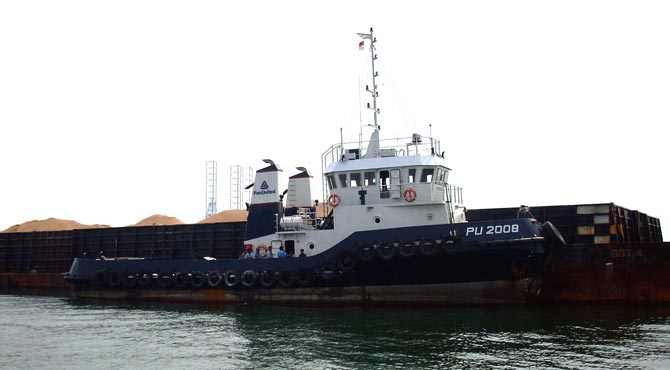
On 25 March 2015, Singapore-registered tug PU2008 received distress message alert from a sinking fishing boat. The tug approached the fishing boat and rescued 7 Vietnamese fishermen before continuing on its voyage to Rayong, Thailand. The rescued fishermen were eventually deported back to Vietnam.
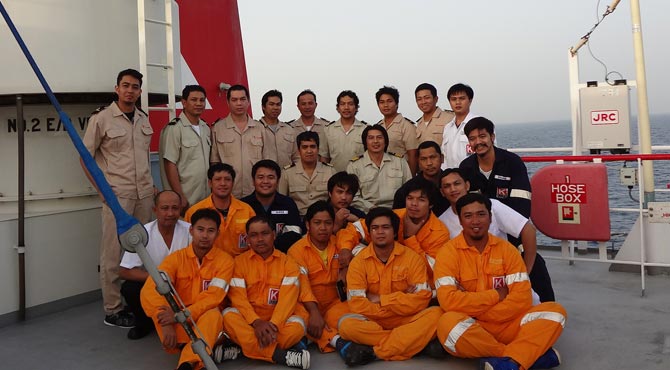
On 30 March 2015, the crew of Genuine Venus (see attached) spotted a capsized boat on her port bow, approximately two miles away from the vessel. Genuine Venus proceeded to the distressed fishing boat and rescued one Yemeni fisherman. Following the rescue operation, the fisherman was transferred to the Yemeni coast guard on 31 March 2015.
MPA would like to compliment the officers and crew of Epic Bolivar, PU2008 and Genuine Venus for answering the distress call and lending a helping hand to those in need.
SAR Operations in the Mediterranean Sea
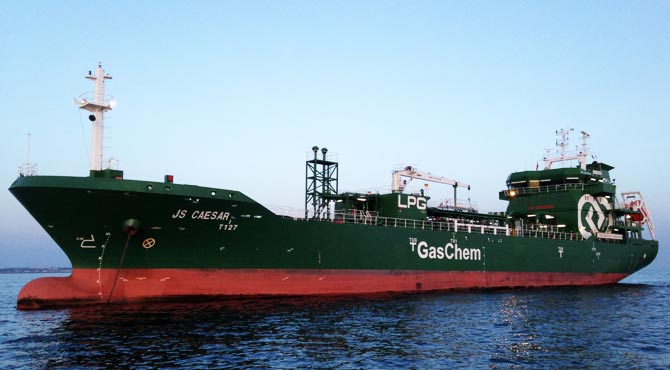
On 13 April 2015, Js Caesar was instructed by MRCC Rome and the Italian Coast guard to assist in a SAR operation for African migrants. During the SAR operation, the vessel recovered all 88 persons from a rubber boat and transported them safely to Palermo, Italy where the migrants disembarked.
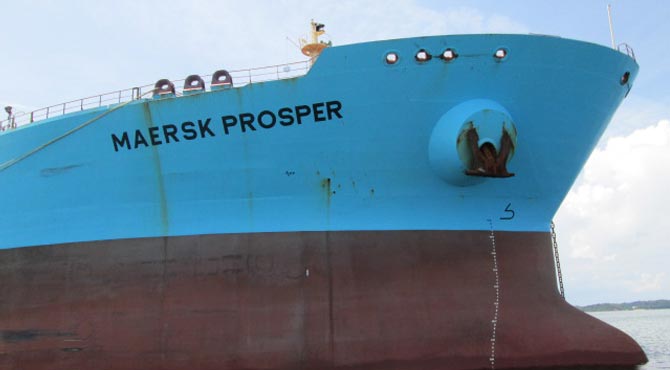
On 13 April 2015, after receiving instructions from the Italian Navy just off Libya, Maersk Prosper picked up 239 refugees and brought them safely to Messina, Italy.
We would like to congratulate the master and crew of Js Caesar and Maersk Prosper for their gallant efforts!
Sustainability and Integrated Reporting with the Release of its 2014 Financial Year Annual Report
The MPA has achieved a first in the maritime industry and public sector with its inaugural Sustainability and Integrated Report titled “Towards a Future Ready Maritime Singapore”. The latest Financial Year 2014 report adopted a more holistic approach in reporting its performances to both internal and external stakeholders comprising its customers and partners, suppliers and vendors, as well as its employees.
This shift reflects the move by MPA to adopt a more integrated approach in discharging its roles and responsibilities, whereby besides promoting and regulating the maritime industry and ensuring the smooth operations at the port, it will also champion broader efforts with the maritime community in ensuring the maritime industry creates a positive impact on society, economy and environment.
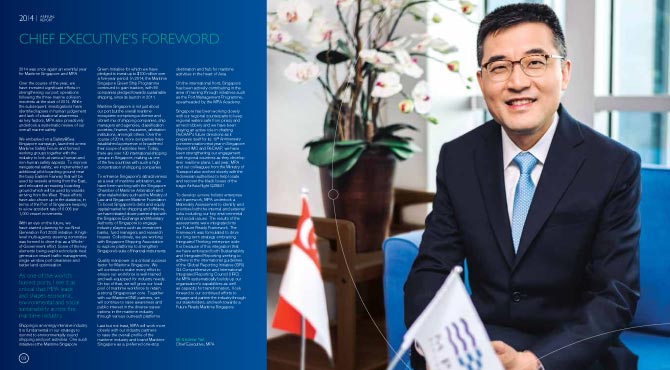
Extract from the 2014 Financial Year Annual Report, featuring MPA Chief Executive Mr Andrew Tan
Mr Andrew Tan, Chief Executive of MPA, said, “MPA is proud to be among the first public sector agencies to achieve this significant milestone with our inaugural Sustainability and Integrated Report. As one of the world’s busiest ports and a leading international maritime centre, it is important that MPA takes the lead in promoting good practices within the maritime community that will enhance our position as a clean, efficient and safe port. We hope the maritime community will continue to support MPA’s initiatives as we work towards building a Future Ready Maritime Singapore that is competitive as it is sustainable.”
Recent initiatives include setting up the MPA Sustainability Office last year to drive programmes such as the Maritime Singapore Green Initiative (MSGI) in encouraging more members of the shipping community to adopt eco-friendly ship designs and construction and operations. The Office has also spearheaded initiatives such as the installation of solar panels at MPA’s piers and facilities, use of more energy efficient lighting at its premises, promotion of recycling, as well as driving the safety, risk and sustainability management initiatives for the maritime industry such as through the Singapore Registry of Ships Forum and Enterprise Risk Management Forum.
To read the 2014 Annual Financial Report, please click here.
Inaugural Sustainability Workshop
The inaugural sustainability workshop was launched by the MPA Sustainability Office (SO) on 10 June 2015. The objective of the workshop was to raise awareness on “Sustainability and Integrated Reporting”. Guest speakers from Paia Consulting and DuPont Sustainable Solutions were invited to share on their companies’ respective sustainability journeys. The workshop also included group discussions among the 52 participants, to exchange key ideas on their plans to adopt and improve on their sustainability efforts. The overall responses from participants were positive.
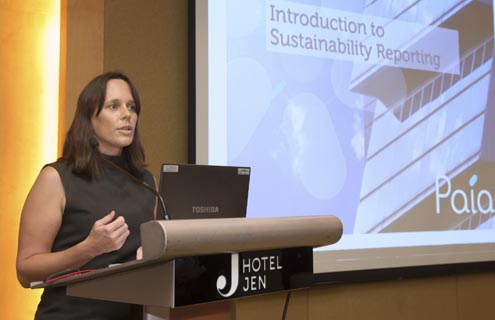
Ms Carrie Johnson from Paia Consulting presenting the topic on “Introduction to Sustainability Reporting”
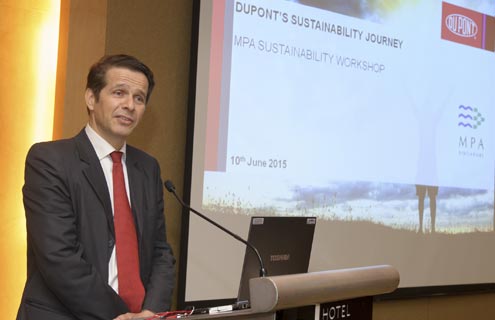
Mr Nils Steinbrecher speaking on Dupont’s sustainability journey
Singapore and Norway Renew Cooperation in Maritime R&D
The MPA and the Research Council of Norway (RCN) signed a Memorandum of Understanding (MOU) on 28 April 2015, renewing their bilateral agreement on maritime education, training and research and development (R&D) for another three years till 2018. The MOU was signed by MPA’s Chief Executive, Mr Andrew Tan, and RCN’s Director-General, Mr Arvid Hallen.
In this MOU that was extended for a sixth term, MPA and RCN will expand the current MOU framework to include collaboration in an inaugural international “Joint Call for Proposals in Maritime Research“, with the aim of promoting maritime research collaborations and knowledge exchange between Singapore and Norway through joint R&D projects among the research institutions in Singapore and Norway.
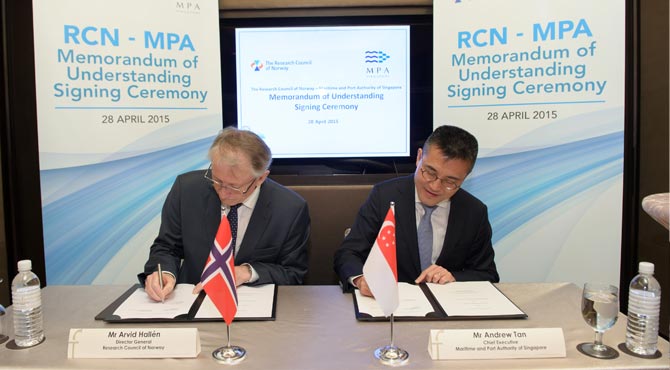
MPA Chief Executive, Mr Andrew Tan and RCN Director-General, Mr Arvid Hallen signing the MOU
A total of S$6 million has been set aside by MPA and RCN for the “Joint Call for Proposals”, which focuses on navigational safety, ship operations and safety, ship-port operations, green shipping and maritime arctic research.
First signed in 2000, and renewed in 2003, 2006, 2009 and 2012, the MPA-RCN MOU is in line with MPA’s commitment to leverage R&D as a key enabler in the growth and development of the Singapore maritime cluster. The MOU encompasses research in areas of maritime environment, sustainable energy technology, offshore and marine engineering, and maritime operations and info-communications technology.
Singapore awarded “Best Seaport in Asia” for the 27th time
The Port of Singapore has won for the 27th time, the “Best Seaport in Asia” award at the 2015 Asia Freight, Logistics and Supply Chain Awards (AFLAS) held in Hong Kong on 24 June 2015.
The AFLAS awards, organised by freight and logistics publication Asia Cargo News, honour organisations for demonstrating leadership as well as consistency in service quality, innovation, customer relationship management and reliability.
Determined by votes cast by readers of Asia Cargo News, the Port of Singapore clinched the award for its leading performance over on a range of criteria, including cost competitiveness, container shipping-friendly fee regime, provision of suitable container shipping-related infrastructure, timely and adequate investment in new infrastructure to meet future demand and the facilitation of ancillary services. The other finalists in the category this year are Port of Hong Kong and Port of Shanghai.
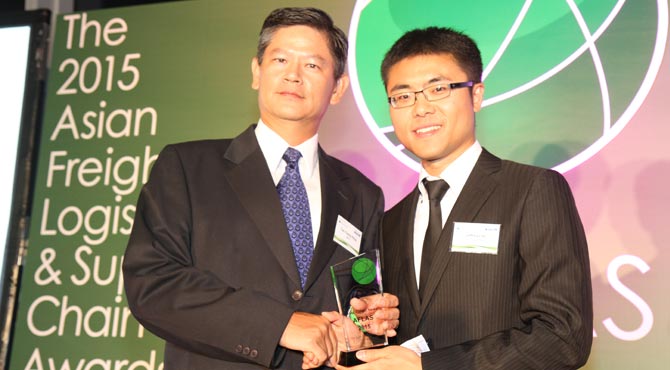
Mr Tan Cheng Peng, MPA’s Director of Port Policy, receiving the award on behalf of the Port of Singapore
The Port of Singapore continued to achieve good growth in 2014. Its annual vessel arrival tonnage reached 2.37 billion gross tonnes (GT). Its container throughput hit 33.9 million Twenty-Foot Equivalent Units (TEUs), while total cargo tonnage handled reached 580.8 million tonnes. The total volume of bunkers sold in the Port of Singapore remained the highest in the world at 42.4 million tonnes. The total tonnage of ships under the Singapore Registry of Ships was 82.2 million GT, placing Singapore among the top 10 ship registries in the world. On Tuesday, 23 June 2015, Prime Minister Mr Lee Hsien Loong officially opened PSA Singapore’s latest Pasir Panjang Terminal 3 and 4 developments. When the expansion is fully operational by the end of 2017, Singapore would be able to handle a total of 50 million TEUs of containers annually.
